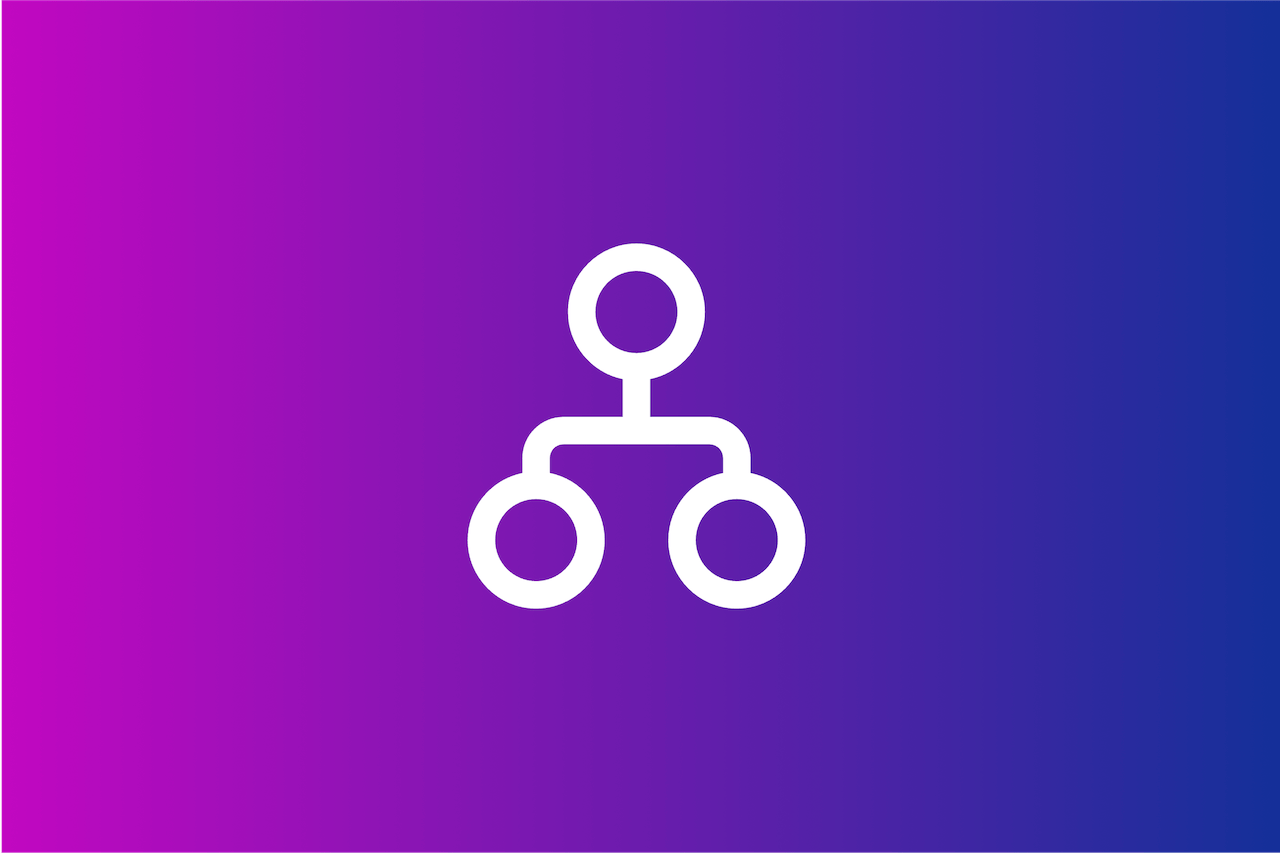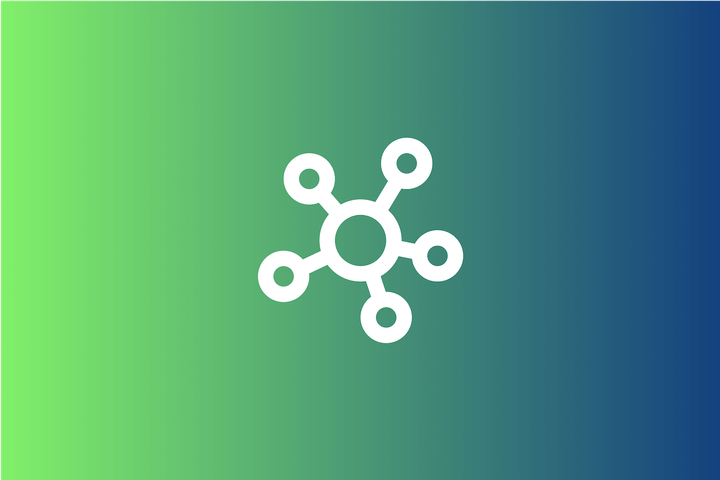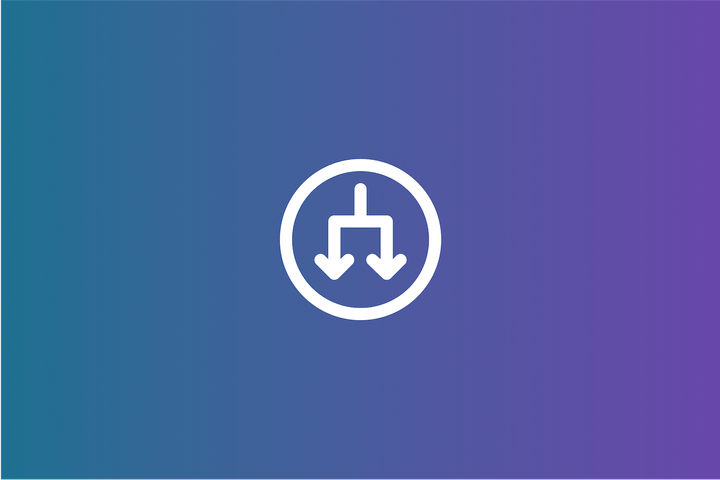What is an Organizational Chart?
Find out what exactly an organizational chart is and why companies have used them for decades.

We've all seen them - those diagrams with boxes and lines showing who reports to whom in your company: The humble organizational chart.
But what exactly is an org chart and why have they been used by companies for decades.
What is an Org Chart?
An organizational chart (org chart) is a visual representation of the internal structure of the business or company in question. Such a chart portrays a company’s hierarchy, from elite level executives all the way to individual workers, and emphasizes the interrelations and ranks of various positions within an organization.
To put it simply, an organizational chart enables anyone, be it an employee or an outsider, to immediately understand the workings of a business, comprehensively for that matter. It is so much more than boxes and lines, it’s a structural model of the operating dynamics of your business.
Primary Functions of an Organizational Chart:
- Reporting Relationships: Displays clearly who reports to whom.
- Chain of Command: It depicts the flow of authority from executives to managers then to employees.
- Spans of Control: Shows how many people directly report to each manager.
- Departmental Functions: Showcases various departments and their functions in the organization.

What are the Main Advantages of Using Organizational Chart?
There are several reasons why an organization could help you business be more. Below, there are listed the most important advantages of using org charts:
- Enhanced Communication: It becomes easier for the staff to know where to direct communication since the structure outlines the relevant contacts.
- Easy Integration: Employees who have just been hired will have a perfect understanding of the structure which would in turn ease their integration into the firm.
- Long term strategies: There are gaps and overlapping in positions which the spokes leaders can see and correct in due time to minimize the effects in future.
- Progression of Careers: They serve as frameworks of expected career development ensuring people within the organization understand the potential heights they can attain out of the business.
Who Makes Use Of An Organizational Chart In A Business?
An organizational chart is used by various different individuals across an organization. Let’s see how various roles utilize them:
1. How Executives and Leadership use Organizational Charts
- Reorganization Of The Company: Reclassify or restructure departments and business units for enhanced performance through the achievement of strategic objectives.
- Budgetary Planning: Resources are distributed according to how vital the units are.
- Marks Readiness For Growth: Preparedness for future operational scaling by determining strengths and gaps.
- Relations With Investors: The type of structure put in place in the organization is shown to the investors as well as the members of the board.
Org Charts Benefits for Executives:
- More efficient decision making processes.
- An accurate visual depiction of how a company is organized and how these aligns with company objectives.
- Stronger engagement with stakeholders.
2. How Human Resources use Organizational Charts
- Onboarding and Basic.Training: Help the newcomers get acquainted with the organization and its hierarchy and important figures.
- Mapping Career Paths: Inform and illustrate to employees potential career progression.
- Planning For Activity Of Succession: Describe and plan succession to specific roles in the company and professional activity.
- Management of Remuneration: Ensure equality of titles and titles to roles which are based on rank.
Org Chart Benefits for HR:
- Greater likelihood of retaining employees with clearer career advancement opportunities.
- Good management of people and their expansion.
- Equalization of both pay and job functions.
3. How Managers and Team Leaders use Organizational Charts
- Appreciating Real Control Limitations: For effective team size and resources management depicts the size of control.
- Interdepartmental Partnerships: Employees for other departments who will partner with them.
- Meet Human Resources Needs: Show the number of employees needed for vacant positions.
- Onboarding Support: Help newcomers get acquainted with the hierarchy of the organization.
Org Chart Benefits for Managers:
- Effective team leadership and management.
- Growth in the levels of cooperation among units and departments.
- Reduction in the conflicts over resource utilization.
4. How Employees use Organizational Charts
- Familiarity with Reporting Lines: Access to know their boss and their boss’ boss.
- Identifying Mentors: You may need some senior peers to help you.
- Career Development: Map out potential promotions and lateral moves.
- Building Connections: Find other people in the organizations who can serve them.
Org Chart Benefits for Employees:
- They have a better understanding of their contribution to the company’s activities.
- They have better chances for career advancement.
- They have better working relations with people in the company.
FAQs: Common Questions About Organizational Charts
How Often Should an Organizational Chart Be Updated?
Org charts should be remodeled whenever there is a large scale change in the organization’s hiring or role transitions. Seniority promotions or department restructuring is also a significant change that requires this feature to be installed.
It is wise to carry out moderated and uniform reviews at least on a quarterly basis in order to avoid inconsistencies.
What's the Best Software for Creating Organizational Charts?
There are several tools available, ranging from simple to complex:
- OneDirectory: Great for building interactive and live org charts.
- Microsoft Visio: Great for advanced diagramming.
- Lucidchart: This online web application is straightforward and easy to use.
- SmartDraw: A tool that allows templates to be quickly created.
Determine the scale of your organization and its respective requirements and then select a tool that is appropriate for it.
Can Org Charts Be Used for Succession Planning?
Yes! Professional Charts aid in determining important areas within the organization that can become available in the future thus allowing the HR or management professionally prepare for a suitable backup.
Should Contractors and Freelancers Be Included in Org Charts?
If casual workers and freelancers have an influence or the potential to interact with the casual employees then yes their inclusion can prove beneficial however it is pertinent to note that excluding non full license employees is vital in order to retain clarity at all times.
What's the Difference Between an Org Chart and a Team Chart?
An org chart classifies an entire organization within the borders of a single graph while a team uses said organization to focus on a specific team of departments or even a company within itself. Team charts tend to go into specifics for the role of that unit.


